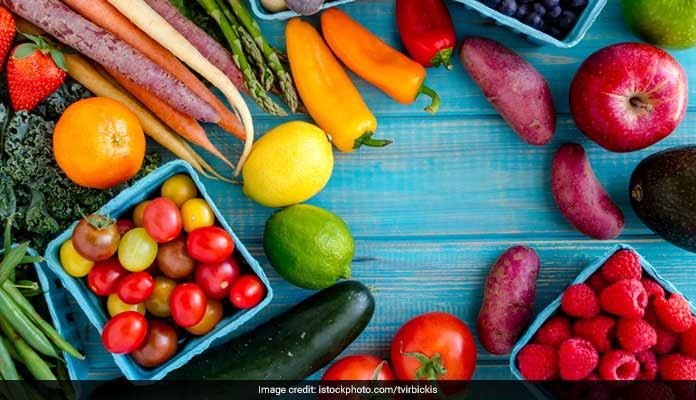As we age, it becomes imperative to follow a healthy and nutrient-rich diet which makes for all the deficiencies in the body that are related to old age.
Eating healthy is something we must follow at all times. But as we grow older, it becomes more of necessity for our body to function properly. Growing older or aging causes several changes in the body. We begin to feel less energetic and the lack of nutrients in the body also begins to show its symptoms. So, it becomes imperative to follow a healthy and nutrient-rich diet which makes for all the deficiencies in the body that are related to age.
Other challenges of aging include thinner skin, loss of muscles, reduced calorie intake and chronic inflammation. Additionally, there is a reduction in the body's ability to recognise senses like hunger and thirst. This makes the body more prone to conditions like dehydration and unexpected weight loss.
Read more to find out the various kinds of changes in the nutritional needs that our body experiences as we grow older:
1. More fibre
Constipation is a common problem that aging people face. Hence, having fibre rich foods help in dealing with constipation. Constipation is common among people older than 65. The condition is twice or thrice as common among women. The reason behind this is lack of physical activity and increased intake of medicines. Apart from relieving constipation, eating more fibre also promotes regular bowel movements.
High-fibre diet prevents diverticular disease, which leads to infections and inflammation in the small pouches along the colon wall. Whole grains, fruits, legumes, starchy vegetables, beans, chia seeds and avocados are a few examples of foods rich in fibre.

2. Lesser calories but more nutrients
Our daily calorie intake depends on our weight, height, muscles, the amount of exercise we do and numerous other things. Older people have less muscle and need to maintain their weight because there is very less physical activity that they engage in. Hence, they need fewer calories. If they consumed the same amount of calories as they used to when they were younger, it might lead to gaining extra fat, especially around the belly.
While there is a reduced need of calorie, the need for some nutrients increases with aging. Older people need to consume whole foods like fruits, vegetables, lean meats and fish. These health foods can help make for the nutrient deficiencies in the body without any weight gain. Vitamin B12, Vitamin D and calcium are the most essential nutrients for aging people.

...[ Continue to next page ]
Share This Post















